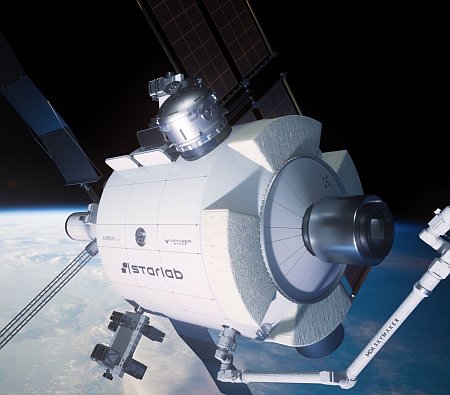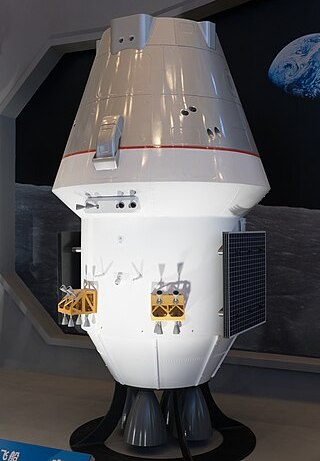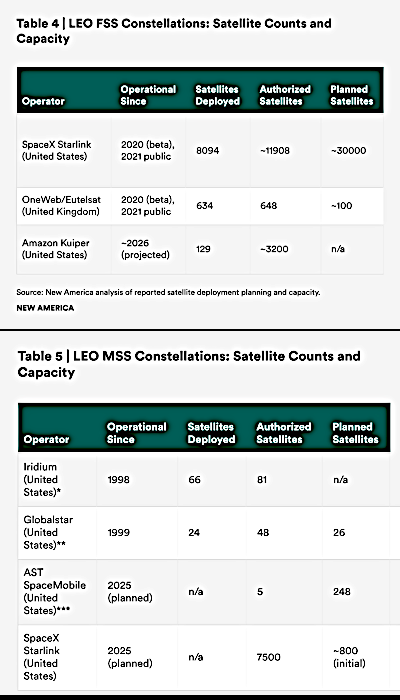China’s Tianwen-1 Mars orbiter snaps fuzzy picture of interstellar comet 3I/Atlas
Chinese engineers have successfully taken a picture of interstellar comet 3I/Atlas as it passed its closest to point to Mars, about 19 million miles away, using their Tianwen-1 Mars orbiter.
The Tianwen-1 team began preparing for the observation in early September. After repeated simulations and feasibility assessments, they determined to use the high-resolution camera on the orbiter and designed optimal imaging strategies, ultimately achieving successful observation.
That image is to the right. Based on the fuzziness of the surrounding stars, the camera was not able to get a perfect focus during the observations. The main take-away is that the images once again prove 3I/Atlas is a comet not unlike those from our own solar system.
The mainstream press and some untrustworthy press-seeking scientists have tried to make a big deal about any interesting data point that has been observed from Comet 3I/Atlas, trying to claim it is some weird alien object of momentous importance. It is not. It is like every other solar system comet, though like those comets it is unique in its own way.
The big discovery here is how similar it is from solar system comets, suggesting that the processes that created our solar system are somewhat common throughout the galaxy.
Chinese engineers have successfully taken a picture of interstellar comet 3I/Atlas as it passed its closest to point to Mars, about 19 million miles away, using their Tianwen-1 Mars orbiter.
The Tianwen-1 team began preparing for the observation in early September. After repeated simulations and feasibility assessments, they determined to use the high-resolution camera on the orbiter and designed optimal imaging strategies, ultimately achieving successful observation.
That image is to the right. Based on the fuzziness of the surrounding stars, the camera was not able to get a perfect focus during the observations. The main take-away is that the images once again prove 3I/Atlas is a comet not unlike those from our own solar system.
The mainstream press and some untrustworthy press-seeking scientists have tried to make a big deal about any interesting data point that has been observed from Comet 3I/Atlas, trying to claim it is some weird alien object of momentous importance. It is not. It is like every other solar system comet, though like those comets it is unique in its own way.
The big discovery here is how similar it is from solar system comets, suggesting that the processes that created our solar system are somewhat common throughout the galaxy.
















